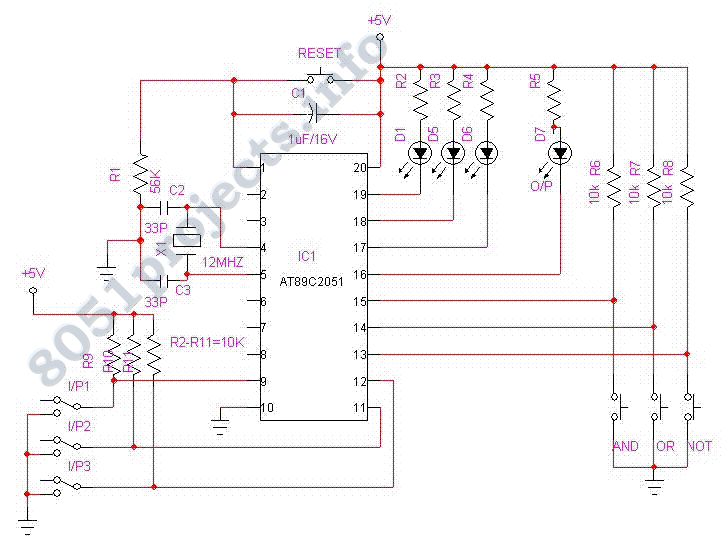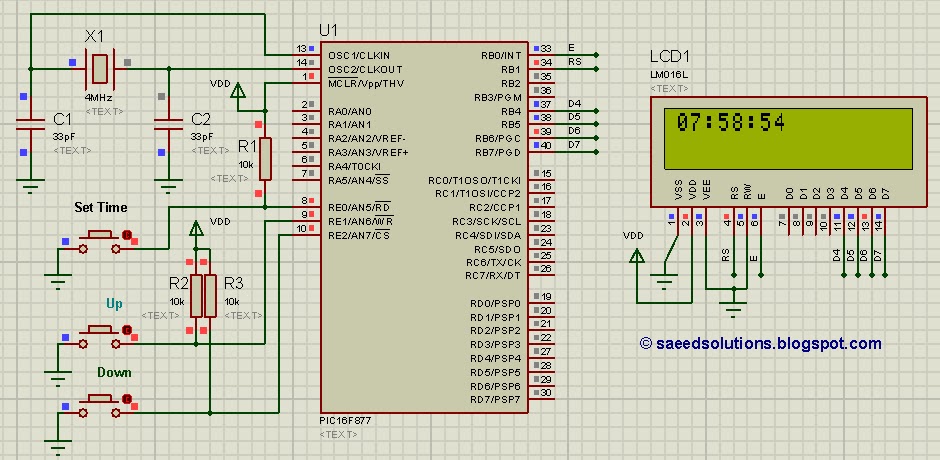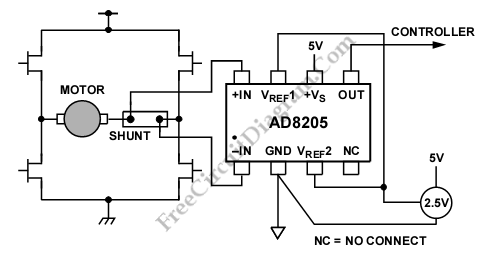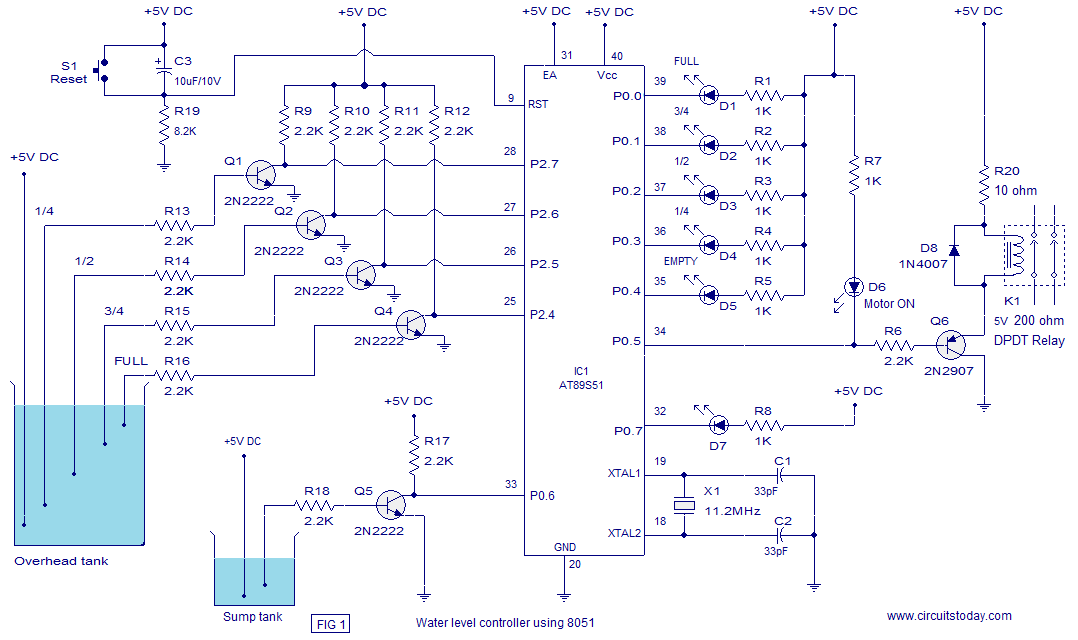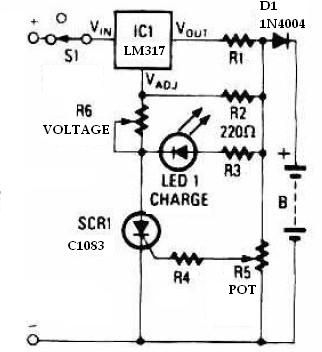
AC bridge using LF356
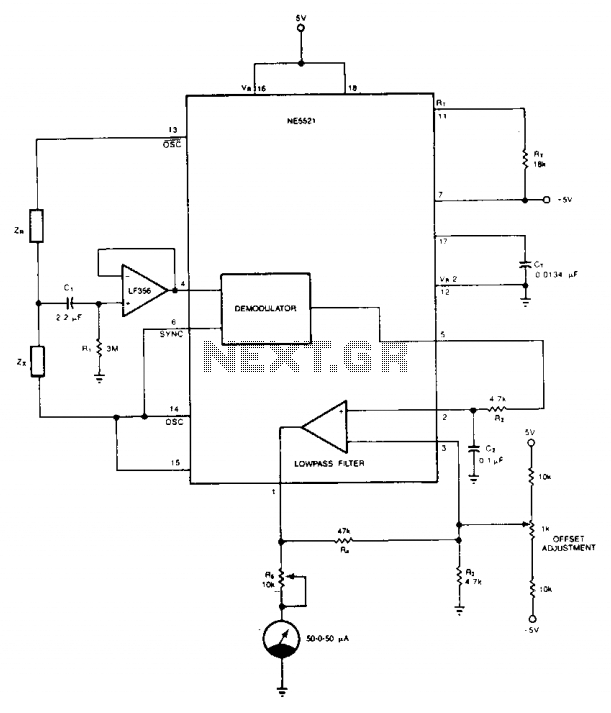
The circuit offers a straightforward and economical approach to matching resistors and capacitors. Impedances ZR and Zx create a half-bridge configuration, while OSC and OSC excite the bridge in a differential manner. An external op-amp, specifically a FET input amplifier (LF356), is utilized due to its very low input bias current, typically around 30 pA. Capacitor CI facilitates AC coupling by blocking the DC common mode voltage from the bridge, and resistor Rl serves to bias the output of the LF356 to 0 V at DC. The use of a FET input op-amp ensures that the DC offset caused by the bias current through Rl is minimal. The AC output from the demodulator is filtered using an uncommitted amplifier to generate a DC voltage for the meter. A 10 kΩ potentiometer, R5, limits the current flowing into the meter to a safe level. Calibration starts by applying equal impedances at ZR and Zx, followed by nulling the system offset using the offset adjustment circuit to ensure that Pin 1 reads 0 V. Subsequently, known values are applied at Zx, and meter deviations are calibrated. The bridge is then prepared to measure an unknown impedance at Zx with an accuracy of ±0.05% or better.
The circuit design is based on a half-bridge configuration that effectively balances the impedances ZR and Zx. The differential excitation provided by the OSC signals helps to enhance the sensitivity of the measurement. The LF356 op-amp is chosen for its FET input characteristics, providing high input impedance and low bias currents, which is crucial for accurate impedance matching and measurement, especially in sensitive applications.
Capacitor CI plays a vital role in AC coupling, ensuring that any DC offset present does not interfere with the AC signals being analyzed. This is particularly important in precision measurement applications where the integrity of the AC signal is paramount. Resistor Rl is strategically placed to maintain the output of the LF356 at 0 V under DC conditions, thus preventing any unwanted DC offsets from affecting the measurement accuracy.
The AC output from the demodulator is subjected to filtering through the uncommitted amplifier, which smooths out the signal and converts it into a usable DC voltage for the meter. The inclusion of the 10 kΩ potentiometer (R5) is a safety feature that protects the meter from excessive current, ensuring the longevity and reliability of the measurement system.
Calibration is a critical step in the operation of this circuit. By initially matching impedances at ZR and Zx, the system can be accurately zeroed out, allowing for precise measurements of unknown impedances thereafter. The process of adjusting the offset ensures that the readings are accurate, and the subsequent calibration with known values allows for the fine-tuning of the system to achieve the specified accuracy of ±0.05%.
Overall, this circuit provides a robust solution for impedance measurement, combining cost-effectiveness with high precision, making it suitable for a range of applications in electronics testing and analysis.The circuit provides a simple and cost-effective solution to matching resistors and capacitors. Impedances ZR and Zx form a half-bridge, while OSC and OSC excite the bridge differentially. The external op amp is a FET input amplifier (LF356) with very low input bias current on the order of 30 pA (typical). CI allows ac coupling by blocking the dc common mode voltage from the bridge, while Rl biases the output of LF356 to 0 V at dc.
Use of FET input op amp insures that dc offset due to bias current through Rl is negligible. Ac output of the demodulator is filtered via the uncommitted amp to provide dc voltage for the meter. The 10 k potentiometer, R5, limits the current into the meter to a safe level. Calibration begins by placing equal impedances at ZR and Zx, and the system offset is nulled by the offset adjust circuit so that Pin 1 is at 0 V.
Next, known values are placed at Zx and the meter deviations are calibrated. The bridge is now ready to measure an unknown impedance at Zx with ±0.05% accuracy or better. 🔗 External reference
The circuit design is based on a half-bridge configuration that effectively balances the impedances ZR and Zx. The differential excitation provided by the OSC signals helps to enhance the sensitivity of the measurement. The LF356 op-amp is chosen for its FET input characteristics, providing high input impedance and low bias currents, which is crucial for accurate impedance matching and measurement, especially in sensitive applications.
Capacitor CI plays a vital role in AC coupling, ensuring that any DC offset present does not interfere with the AC signals being analyzed. This is particularly important in precision measurement applications where the integrity of the AC signal is paramount. Resistor Rl is strategically placed to maintain the output of the LF356 at 0 V under DC conditions, thus preventing any unwanted DC offsets from affecting the measurement accuracy.
The AC output from the demodulator is subjected to filtering through the uncommitted amplifier, which smooths out the signal and converts it into a usable DC voltage for the meter. The inclusion of the 10 kΩ potentiometer (R5) is a safety feature that protects the meter from excessive current, ensuring the longevity and reliability of the measurement system.
Calibration is a critical step in the operation of this circuit. By initially matching impedances at ZR and Zx, the system can be accurately zeroed out, allowing for precise measurements of unknown impedances thereafter. The process of adjusting the offset ensures that the readings are accurate, and the subsequent calibration with known values allows for the fine-tuning of the system to achieve the specified accuracy of ±0.05%.
Overall, this circuit provides a robust solution for impedance measurement, combining cost-effectiveness with high precision, making it suitable for a range of applications in electronics testing and analysis.The circuit provides a simple and cost-effective solution to matching resistors and capacitors. Impedances ZR and Zx form a half-bridge, while OSC and OSC excite the bridge differentially. The external op amp is a FET input amplifier (LF356) with very low input bias current on the order of 30 pA (typical). CI allows ac coupling by blocking the dc common mode voltage from the bridge, while Rl biases the output of LF356 to 0 V at dc.
Use of FET input op amp insures that dc offset due to bias current through Rl is negligible. Ac output of the demodulator is filtered via the uncommitted amp to provide dc voltage for the meter. The 10 k potentiometer, R5, limits the current into the meter to a safe level. Calibration begins by placing equal impedances at ZR and Zx, and the system offset is nulled by the offset adjust circuit so that Pin 1 is at 0 V.
Next, known values are placed at Zx and the meter deviations are calibrated. The bridge is now ready to measure an unknown impedance at Zx with ±0.05% accuracy or better. 🔗 External reference
